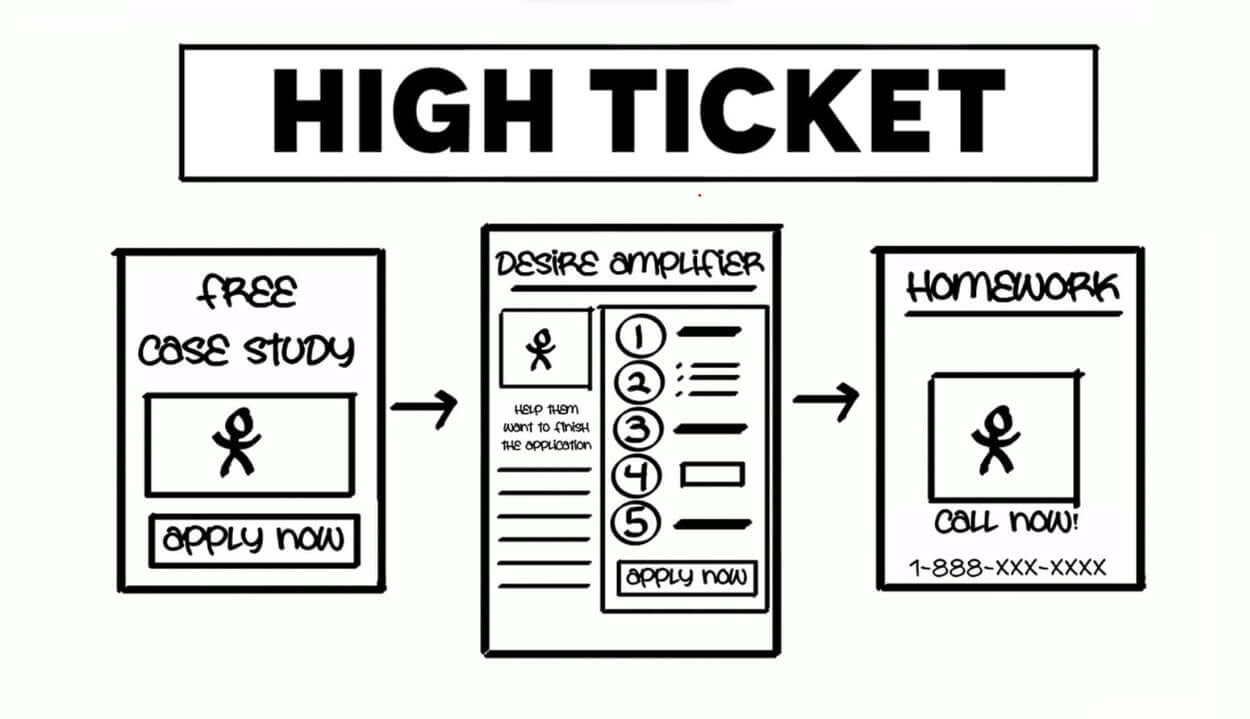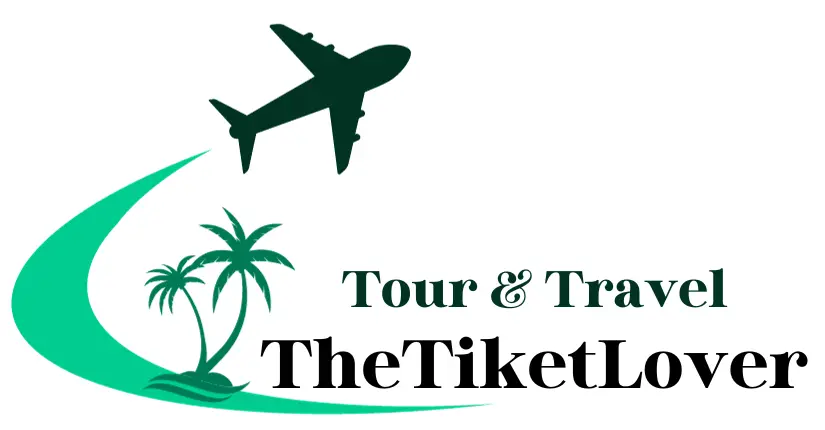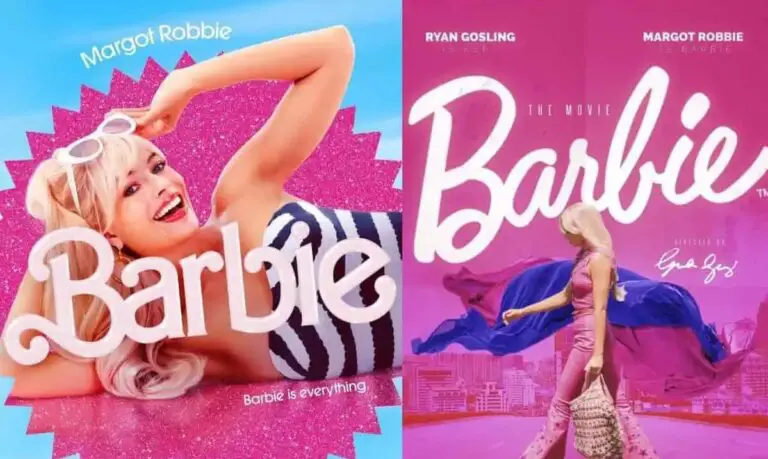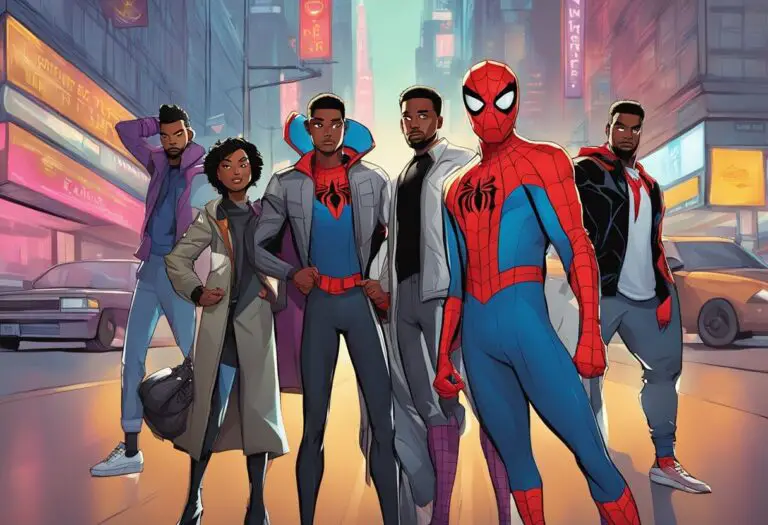
Have you ever wondered what constitutes a high-ticket sale? Why do some products and services command significantly higher prices than others?
High-ticket sales refer to the practice of selling expensive, high-value products and services typically priced at $1,000 or more. These items provide a lot of value to the buyer and have higher profit margins for the seller.
But how exactly can you tap into these lucrative high-ticket sales? What’s the best way to identify, attract, and close deals with customers willing to spend more?
In this comprehensive guide, we’ll cover everything you need to know about high-ticket sales funnels including:
- Defining high-ticket items and sales
- The major benefits of focusing on high ticket offers
- Crafting optimized funnels that convert
- Identifying and understanding your ideal customer
- objections that come up and how to rebut them
- Providing exceptional service post-purchase
- Continually improving your sales process
Let’s dive in!
Defining High Ticket Sales and Items
High-ticket items can refer to either expensive physical products like luxury vehicles, jewelry, collectibles, real estate or non-physical services such as online courses, coaching programs, enterprise software, and exclusive events or retreats.
Generally, a product or service costing $1,000 or more is considered “high-ticket.” However, what qualifies as a highly priced item can vary somewhat based on the industry.
For example, in the yacht or airplane industry, even entry-level products run well into the millions of dollars. Meanwhile, a $5,000 online course could be viewed as quite expensive in the world of digital learning products.
So the exact threshold may differ, but typically anything over $1,000 that provides significant value is viewed as high ticket.
Difference Between High-Ticket and Low-Ticket Items
To understand high-ticket items better, it helps to contrast them with low-ticket, mass-market products:
- Low-ticket items – Inexpensive, mass-produced items costing less than $100. Low profit margin per item. Example: consumer packaged goods, self-help books.
- High-ticket items – Expensive and exclusive products and services costing $1,000+. High profit margin per item. Example: luxury vehicles, enterprise software, premium coaching.
Additionally, while low-ticket items rely on volume sales and squeezing small profits from many buyers, high-ticket sales strategies target fewer deals of higher-value customers able and willing to spend more per purchase.
Now that you know how to distinguish high-ticket vs. low-ticket, what are the main advantages of focusing your sales strategy on more premium offers?
Benefits of Focusing on High Ticket Sales
Here are some of the major reasons businesses decide to pursue high-ticket sales as part of their monetization and growth strategy:
Higher Profit Margins with Fewer Customers
The main appeal of selling high-ticket items is that you can reach impressive revenue goals with far fewer customers. The profit margin per sale is significantly higher.
For example, if your product costs $100 to produce and sells for $500, you net $400 profit per sale. To reach $100,000 in total profit at that rate would require 250 sales.
However, if you sell an offer priced at $5,000, with $1,000 in production costs per sale, you net $4,000 profit each. Hitting $100,000 in cumulative profit requires just 25 customers at this high-ticket price point!
Far less overhead, customer acquisition costs, fulfillment work and so on is required when you only need a fraction of the total customers. The efficiency and return on investment is dramatically higher with high-ticket sales funnels.
Increased Customer Engagement and Satisfaction
Interestingly, customers often have higher satisfaction and engagement with expensive, premium-priced products and services.
When someone invests more upfront in a product, they pay closer attention to it and are more motivated to use it to get their money’s worth. This leads to better outcomes, word-of-mouth referrals and lower refund rates in many cases.
So commanding premium pricing not only earns you greater profit directly, but also secures you more engaged, successful and vocal customers who lend social proof.
Ability to Scale Your Business Faster
Between the far higher profit margins possible and boosted customer engagement, pursuing some high-ticket offers in your business can dramatically accelerate growth and scalability.
Rather than chasing thousands more low-paying customers, just a handful more high-ticket customers each month can supercharge your revenue growth. Supporting fewer total customers also takes less staff overhead.
This combination allows entrepreneurs to scale their earnings faster through “high paying customers” willing to spend substantially more than the average customer does.
Now that you know the major upsides of integrating some expensive premium offers into your monetization model, let’s look at how to identify and sell to those ideal high-value customers effectively.
Identifying Your High-Ticket Customer Persona
In order to market and sell high-ticket products or services successfully, you first need to understand your ideal customer intimately.
These buyers have the capacity, motivation and intent to purchase premium offers in your niche, which differentiates them from the average prospect.
Creating one or more detailed buyer personas for your high-ticket targets is crucial. Ask yourself these types of questions:
- What specific pain points and problems do my high-ticket customers face?
- Why would they be motivated to invest in an expensive solution?
- What doubts or concerns might they have about purchasing?
- What results are they hoping to obtain?
- Where and how can I connect with these prospective buyers?
Fleshing out demographic, psychographic and behavioral details will help you craft tailored messaging and also identify where to intersect your outreach with their attention.
For example, a $5,000 executive leadership coaching package requires targeting directors and VPs at enterprise companies through channels like LinkedIn, podcast sponsorships and premium industry events.
Meanwhile, selling a high-end piece of fitness equipment for home gyms would involve understanding who is currently buying those devices and how to catch their attention through influencer marketing and upscale publications.
Always keep your ideal customer at front of mind when developing any aspect of high-ticket sales funnels – from the offer itself to marketing and follow-ups. Their perspective informs every effective decision.
Now let’s look at the sales process itself and how to convert these valuable prospective buyers into satisfied, high lifetime value customers.
Crafting Your High-Ticket Sales Funnel
The sales funnel concept refers to the strategic series of touchpoints you lead prospects through to convert them from awareness into purchased customers.
High-ticket sales funnels retain the same basic sequence, but the messaging and incentives must be tailored to those considering premium offers rather than impulse purchases.
Here is an overview of key phases in the high-ticket sales sequence:
Lead Generation and Qualification
You need to locate and identify qualified prospects interested in and capable of investing in your expensive offers. This requires targeted lead gen such as:
- Paid ads focused just on your ideal buyers
- Offering a related lead magnet like a special report
- Identifying groups, events and publications your targets frequent
- Obtaining referrals from past high-ticket customers
- Contacting existing purchasers about upgrading with a higher-level program
It’s also important to confirm leads meet certain qualification criteria through surveys or early discovery calls before investing heavy sales resources.
As an example, for a high-ticket coaching program you may want to ensure prospects already have an established business at a certain revenue threshold and growth goals that justify the investment. Unqualified leads get triaged into more appropriate funnel paths.
Consultative Selling and Building Trust
High-ticket sales must focus more on building connection and trust versus traditional “closing” tactics. These prospects require much more education and reassurance before committing to a major purchase.
That means your sales reps should take a consultative approach, seeking to truly understand each lead’s unique situation, goals and hesitations before proposing solutions.
This hands-on nurturing also builds rapport and credibility so that when it comes time to suggest your high-ticket offer, the prospect already perceives you as an expert advisor rather than a typical salesperson.
Proof elements like case studies, demos and guarantees back this positioning.
Offering Guarantees and Incentives
Due to the major investment involved, reducing buyer risk with guarantees and trial offers is key in high-ticket sales scenarios.
Promising satisfaction or offering special terms builds trust. For very expensive services, providing a money-back window, an initial project guarantee or free trial period counters sticker shock and questions about perceived value.
Even deposits can work with very premium offers from renowned brands because the customer locks in scarce access at relatively little upfront cost vs. total spend.
Optimizing Your Funnel for Conversions
Once you’ve built your high-ticket sales funnel with a qualified audience, consultative selling and compelling offer or guarantee, the next priority is maximizing performance.
Let’s review some proven ways to boost conversions:
Using Scarcity and Urgency Where Appropriate
Savvy marketers know scarcity and urgency trigger emotional responses that can prompt purchase decisions. But overdoing it with countdown timers and constantly disappearing inventory can damage customer goodwill.
Yet, when judiciously and ethically applied in cases where high demand truly threatens availability or special terms, these mechanisms do work to spur conversions.
For example, if you have a hot high-ticket launch built on exclusivity with a temporary price discount, it makes sense to repeatedly remind leads this access and low rate will vanish if they miss the window to get “VIP Founder” status as a bonus.
Just ensure the specifics are in fact true to preserve trust.
Driving Traffic with Social Proof and Case Studies
While low-ticket sales rely more on broad promotional campaigns, costly premium offers require “pull strategy” social proof where leads see high-ticket items are coveted.
That may mean prominently featuring customer testimonials, successful case studies, wait lists and community enthusiasm surrounding your high-end program or products.
This establishes their status, value and demand so prospects readily accept the lofty pricing. They feel “in the know” and wish to gain the transformative results or prestige past buyers report.
Retargeting Past Customers
Do not forget to continually market valuable Cross-sell, upsell or reactivation offers to former high-ticket customers. As you release new programs or limited expansions of legacy ones, these buyers already know you and may wish to further invest.
Paid ads, direct outreach, referral bonuses for sharing and email nurturing should incorporate this valuable remarketing to your client list.
Past customers re-converting or making additional big purchases require far less work than attracting wholly new leads into your ecosystem. Keep them engaged!
High-Ticket Sales Objections and Rebuttals
While mastering the art of selling premium-priced offers has major profit potential, you inevitably also must overcome common sales objections surrounding sticker shock and perceived value.
Let’s explore some frequent high-ticket sales objections and effective rebuttals:
Objection: “This costs way more than alternatives I’m considering for solving my problem.”
🔥 Rebuttal: “I appreciate you raising cost and comparative options as considerations. The companies that have invested in our high-ticket program often find it pays for itself within XYZ weeks/months through increased ______. When you factor visible ROI our successful customers report, would getting started at this level work within your budget if I structure favorable payment plans?”
Objection: “I don’t see enough value here to justify the high price.”
🔥 Rebuttal: “Absolutely, price and value always need to align. What factors or use cases are most important to justify this decision from your perspective? I want to make sure we cover those benefits clearly. For instance, many members say our proprietary methodology for ______ is invaluable because it saves them hours each week. Ensuring this achieves your vision is crucial, so please tell me more about your expected goals here.”
Objection: “Your offer seems great but it’s a major spend for something unproven from my view.”
🔥 Rebuttal: “You raise an excellent point – this is a big decision and we haven’t worked together before. So in addition to our generous guarantee that protects your investment, I’d be very happy to connect you directly with several previous customers from similarly-scaled companies so you can hear specifically how our high-ticket program unlocked growth for them. Building trusted relationships is core to our client experience, so I want you to feel 100% confident we can deliver immense value.”
The keys are always empathizing first, offering proof and guaranteed satisfaction as reassurance, then redirecting back to potential fit and positive vision.
Providing White-Glove Service Post-Sale
Ensuring customer happiness and securing expansion revenue or referrals from your high-ticket sales necessitates exceptional post-purchase support.
Here are best practices for wowing clients who invested premium pricing:
Overdeliver on Product/Service Execution
High-ticket customers anticipate impressive quality and treatment worthy of what they spent. Every interaction must feel polished, attentive and elite. Details matter when providing a luxury-esque encounter.
Surprise clients by exceeding agreed aspects of your offering. Throw in bonus features, touchpoints or resources beyond what was “sold” to pleasantly reinforce perceived deal value.
Delighted premium buyers become vocal promoters. Underpromise, overdeliver.
Seek Referrals and Testimonials
The intense satisfaction derived from vanquishing major pain points bonded clients wish to share about their positive transformation.
Proactively ask satisfied high-ticket customers for referrals, testimonials and case studies detailing their success. Then highlight these social proof elements to reinforce community exclusivity and attract future leads.
Nothing sells expensive services better than happy customers collectively touting results. Enable advocates.
Create Upsell Offers
With an existing high lifetime value customer already pleased in your ecosystem, effort should be invested to nurture continued purchasing.
Map out an ascending product ladder so premium clients can level up to complementary services, events or innovations. Send occasional updgrades showcasing new ways to progress goals.
Ongoing expansion revenue from established buyers requires far less lead generation costs relative to newly-won customers. Squeeze that lemon!
The premium support experience provided to high-ticket customers must make them feel like VIPs since they paid as such. Value expansions and referral requests should appear organic results of the strong relationship established.
Continually Optimizing Your High-Ticket Sales Process
While mastering high-ticket sales has the potential to rapidly accelerate business growth, the process itself demands constant refinement and improvement to yield sustainable results.
Do not become complacent by over-relying on one-time tactics that produced initial windfalls. Review critical funnel metrics, gather customer feedback and test iterations to perpetually scale:
Review Sales Metrics and Gather Customer Feedback
Carefully track quantified pipeline stage progression, lead quality, deal value, conversions rates, churn and lifetime revenue to expose opportunities. What fine-tuning addresses leakage points?
Equally important is qualitative intelligence directly from both prospects lost and buyers won to understand their background, questions, “a-ha” moments, emotional connections and experiences interacting with your brand, offers and people.
What objections arose? Where was messaging unclear? Why did communication falter? The tangible combined with felt experience highlights where high-ticket sales processes may be honed.
Test New Versions of the Funnel
Leverage insight gained by reviewing metrics and customer commentary to brainstorm and deploy incremental tests of your high-ticket system.
Try revising lead magnet incentives, adding more consultative content to nurture subscribers, tweaking guarantee terms to reduce friction, training service reps with best rebuttals or overhauling demo processes to better showcase value.
Experiment across aspects of the funnel – then scale what moves the revenue needle. Refinement compounds over time.
Level Up High-Ticket Offers
As both you and market conditions evolve, regularly assess “productizing” additional premium services, events, continuity programs or scaled enterprise options.
What complementary needs could existing successful customers invest in beyond original purchases? Where might niche segments value higher-priced tailored programs?
Constantly expanding to more high-ticket offers leverages your expertise while keeping revenue growth throttles full.
Carefully balancing art and science across strategy, empathy and analytics perpetually unlocks greater potential from high-ticket sales funnel performance. Do not get static but rather systematic.
Conclusion
Selling expensive premium products and services requires a different approach than traditional high-volume sales funnels. However, the immense profit potential of winning even a small number of high-paying customers makes mastering this skill worth the effort.
As outlined in this guide, clearly understanding your premium buyer personas, carefully crafting consultative sales messaging, providing stellar post-purchase support and continually iterating based on customer insights are proven keys to high-ticket sales excellence.
While selling high-priced offers has unique complexities, the reward for tackling this niche can rapidly scale results for entrepreneurs across many verticals.
Hopefully the context shared here makes the lucrative possibility of focused high-ticket outreach more accessible – so you can take your business growth to the next level!






